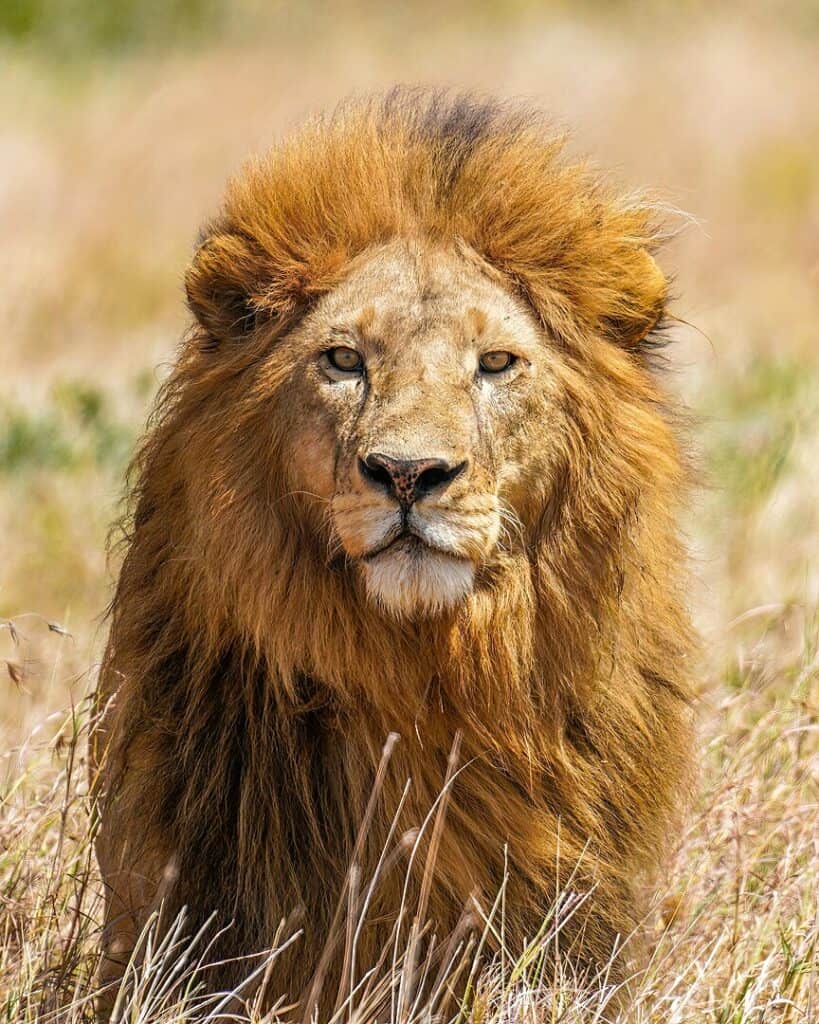A new and unexpected challenge has emerged in Kenya, threatening one of the most iconic predators: the lion. This challenge doesn’t come from poachers or habitat loss but from a tiny, seemingly inconsequential adversary – invasive ants. Recent studies have shed light on how these small insects are causing big problems for lions, altering their hunting strategies and impacting their diets.
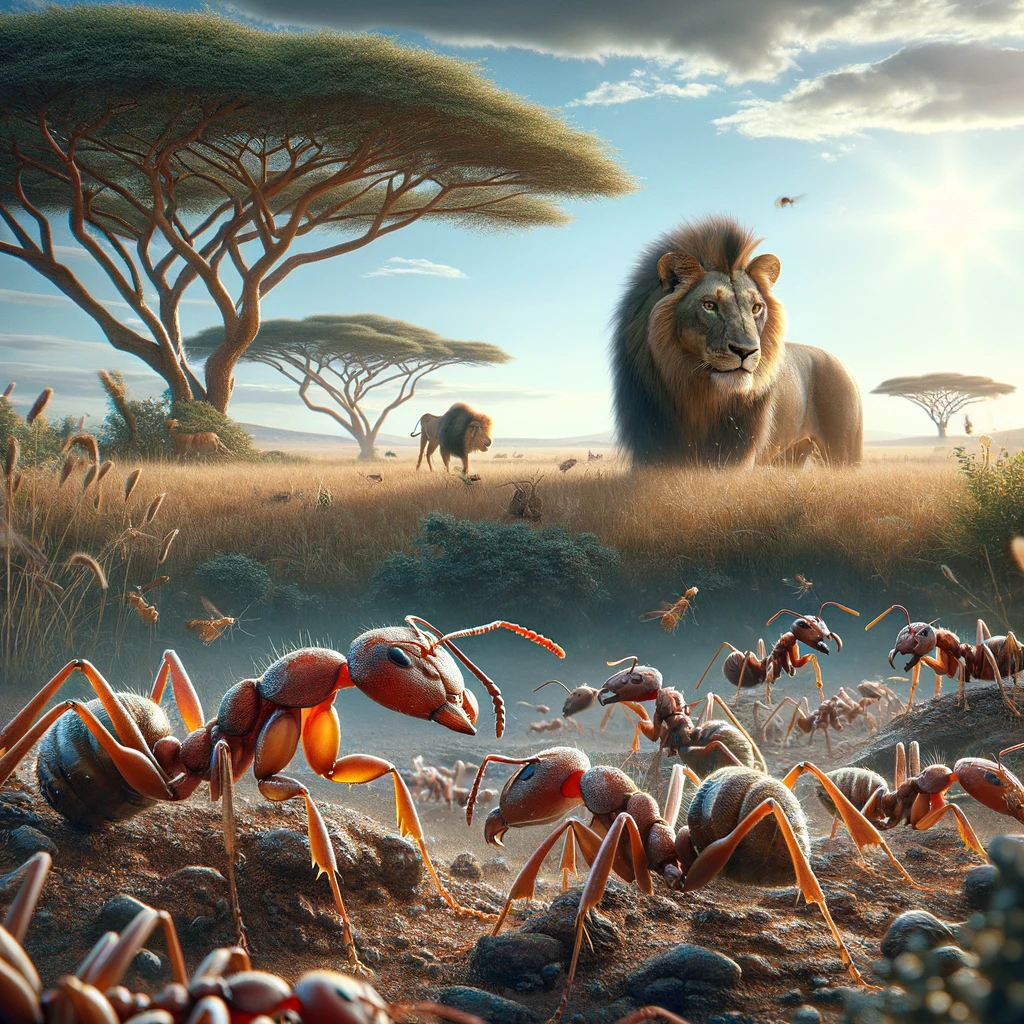
A Tiny Enemy with a Big Impact
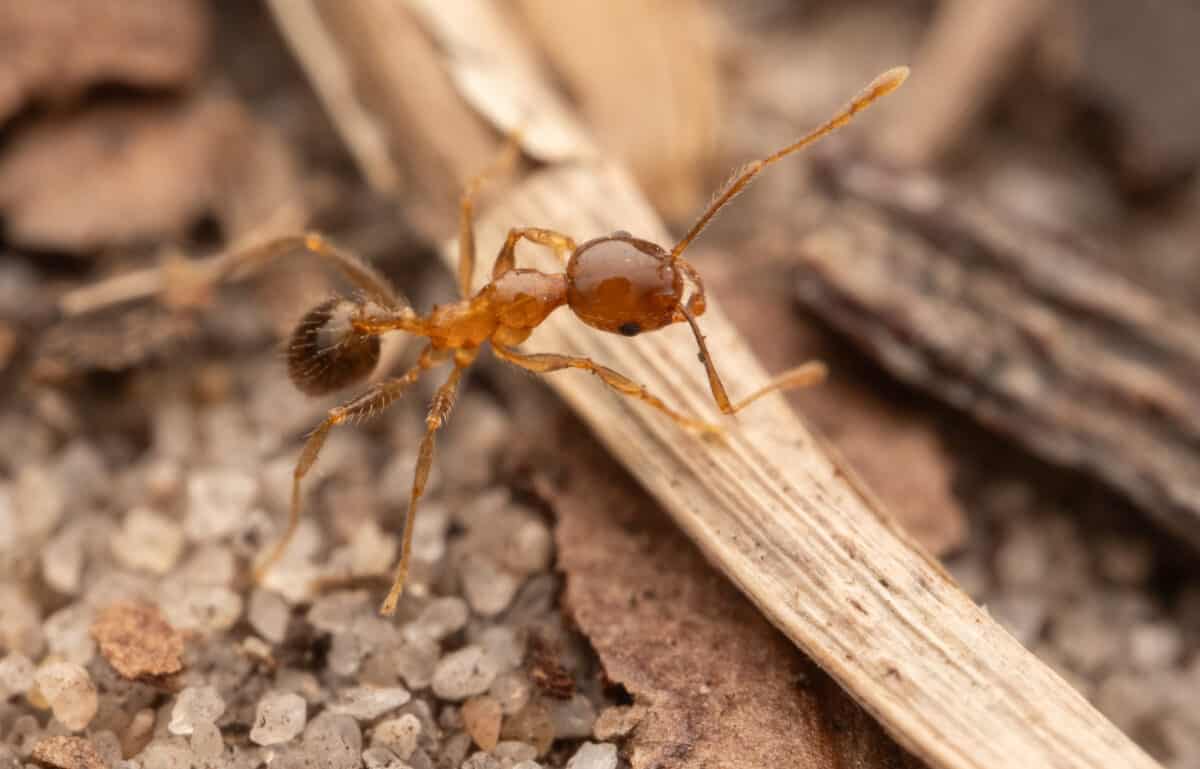
The invasive species in question, known as big-headed ants (Pheidole megacephala), have rapidly taken over large areas of the Kenyan savanna. Originally from elsewhere, these ants have found the Kenyan ecosystem to be a favorable environment for their expansion, lacking natural predators that could keep their populations in check. Their proliferation has led to significant ecological shifts, affecting many species, including the region’s apex predators.
Disruption in the Food Chain
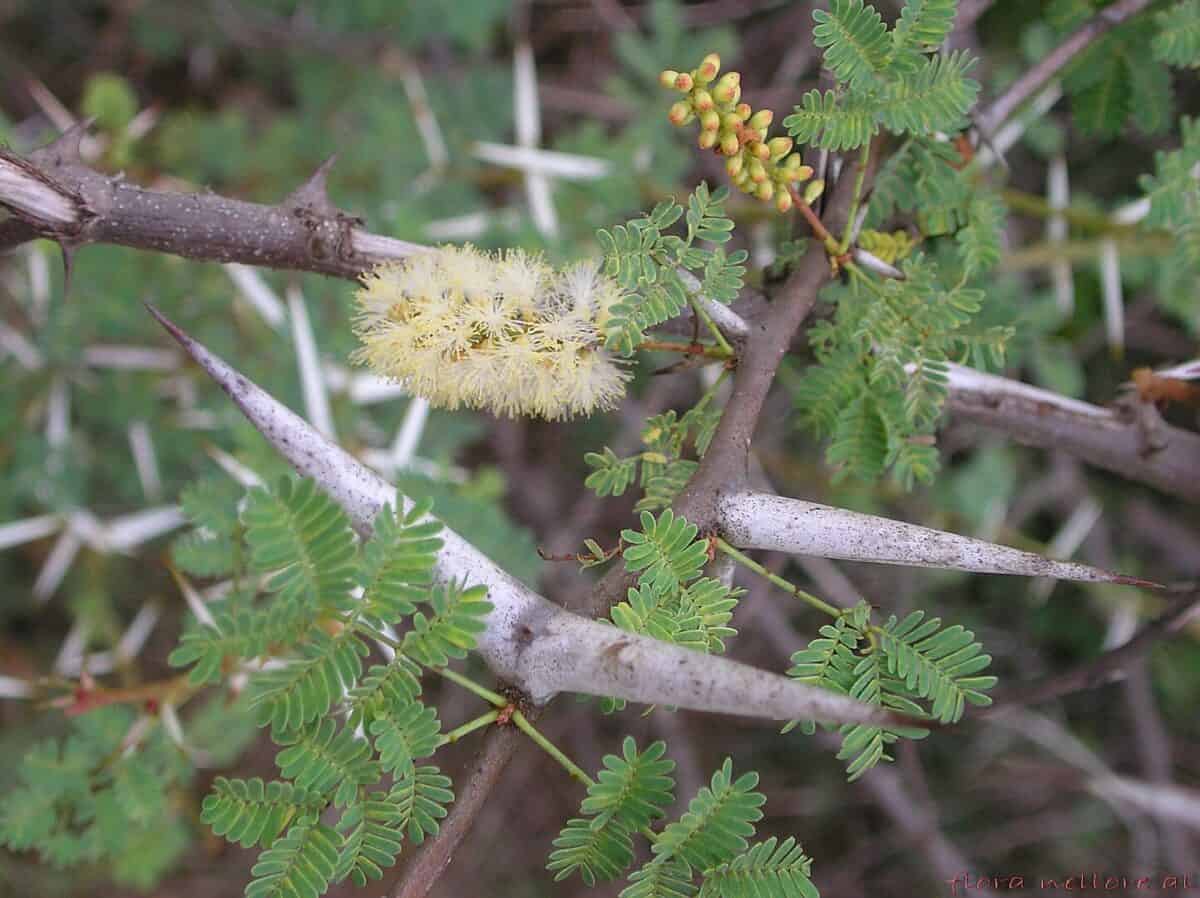
In Kenya, lions are facing a new challenge, not from another predator but from invasive big-headed ants. These tiny insects, smaller than a grain of rice, have triggered a significant ecological chain reaction by killing native acacia ants, leading to broader environmental impacts.
Impact on Lions’ Hunting Grounds
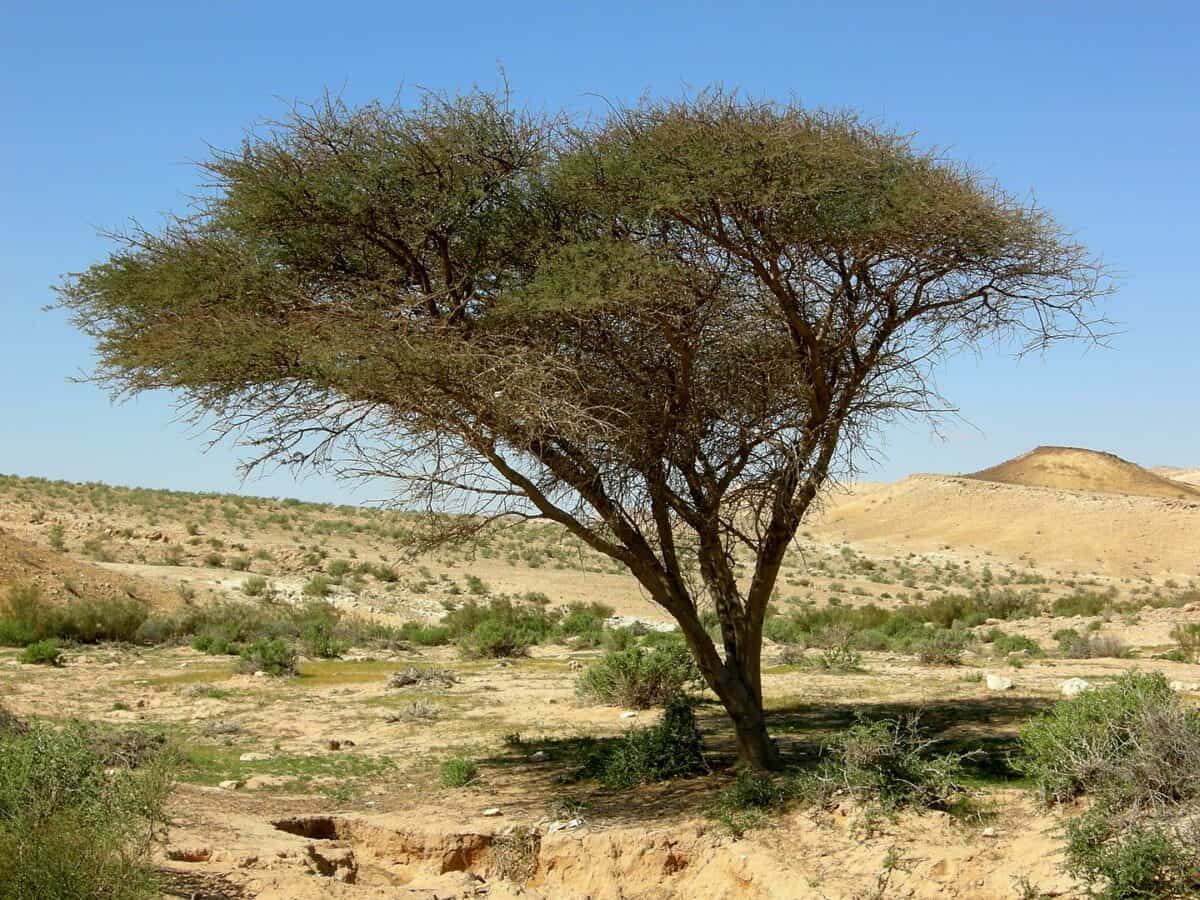
The decline of acacia ants due to the invasion of big-headed ants has allowed elephants to destroy more acacia trees. This reduction in tree cover has forced lions to alter their hunting strategies, as they rely on these trees for cover to attack their primary prey stealthily, zebras.
Study Findings and Future Concerns
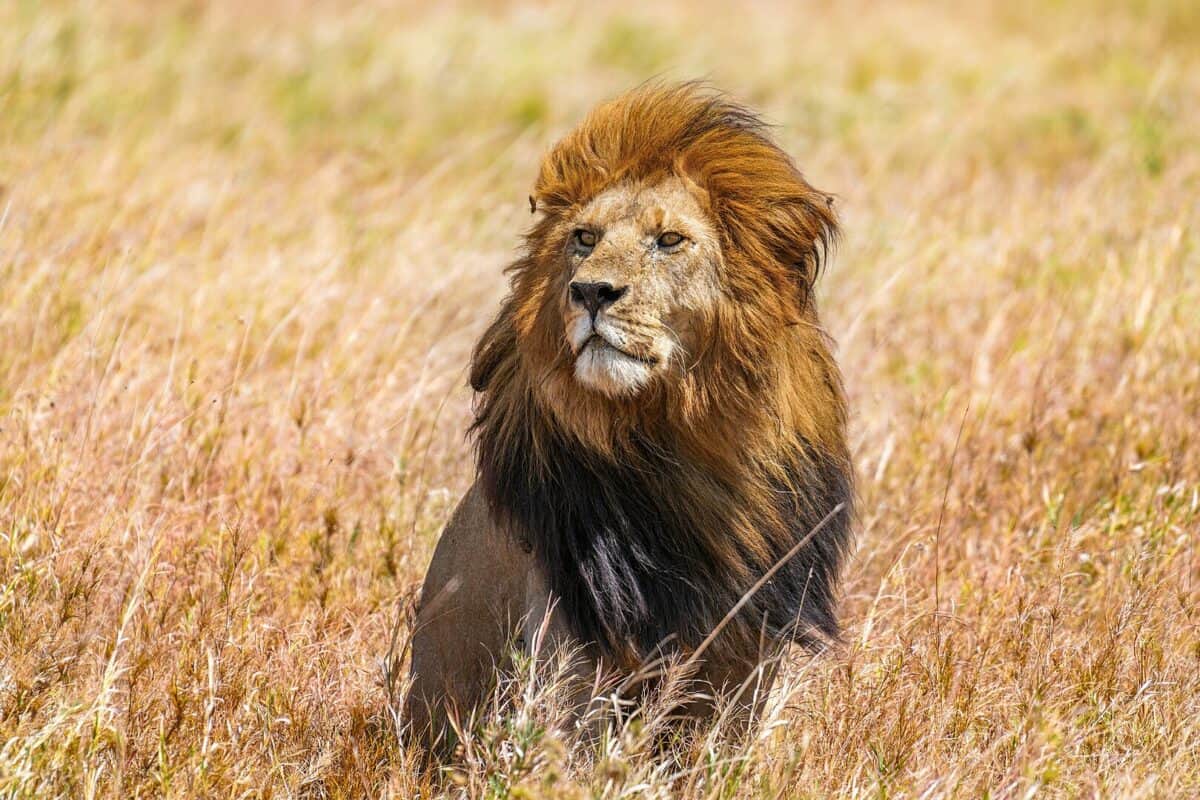
A study published in Science on January 25 highlights that lions killed 25 percent fewer zebras between 2003 and 2020 due to tree cover loss. The study raises concerns about the long-term ecological effects of invasive species and their unpredictable impacts on native wildlife and habitats.
Altered Hunting Strategies
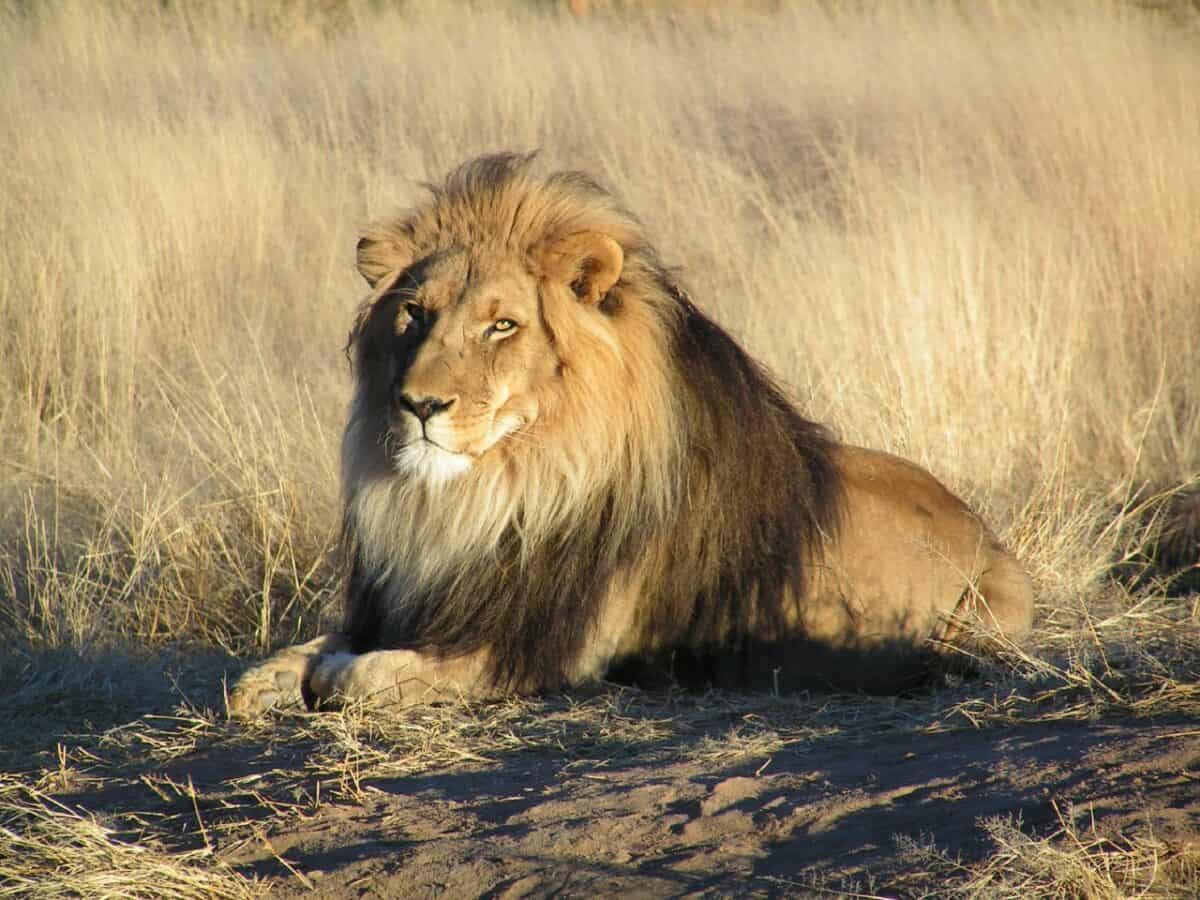
The presence of invasive ants has compelled lions to venture further into the field in search of food, expending more energy in the process. This shift affects the lions’ physical condition and exposes them to increased risks from human activities, such as poaching and conflict with livestock farmers. The alteration in hunting behavior underscores the far-reaching impacts invasive species can have on top predators, an often overlooked aspect of ecology.
Ecological Consequences
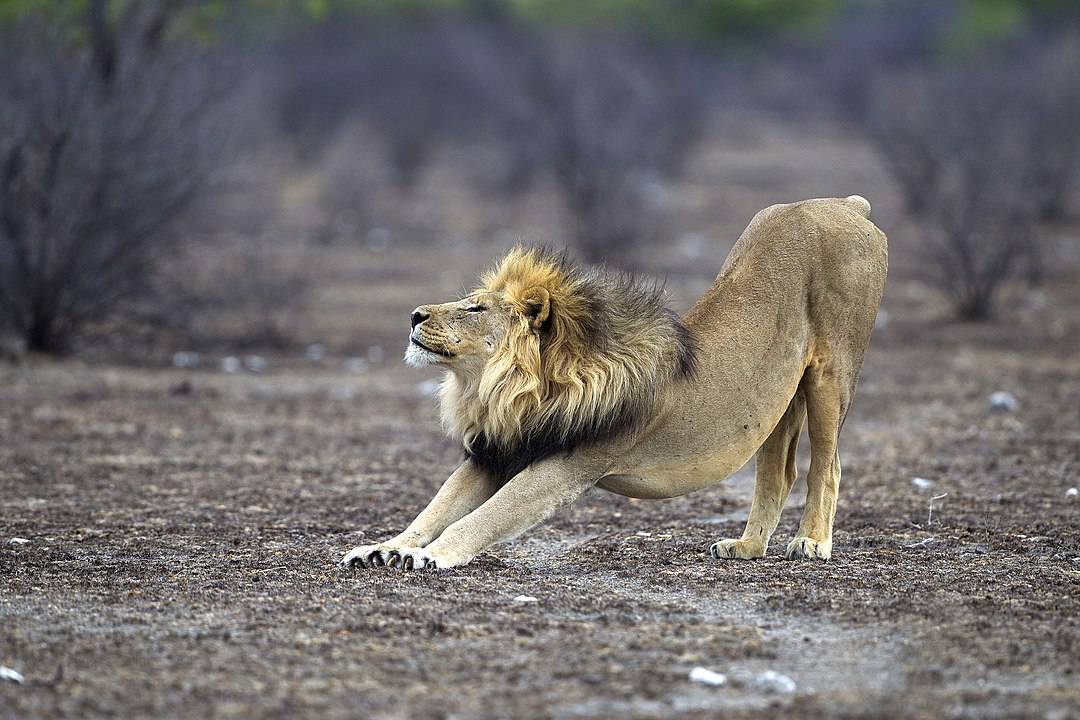
The invasion of big-headed ants in Kenya is a stark reminder of the fragility of ecosystems and the complex interdependencies among species. Invasive species can disrupt food webs and ecological balances, leading to unforeseen consequences for biodiversity and the health of ecosystems. The impact on lions, a keystone species, highlights how even the most dominant animals are not immune to the cascading effects of ecological changes.
Combating the Invasion
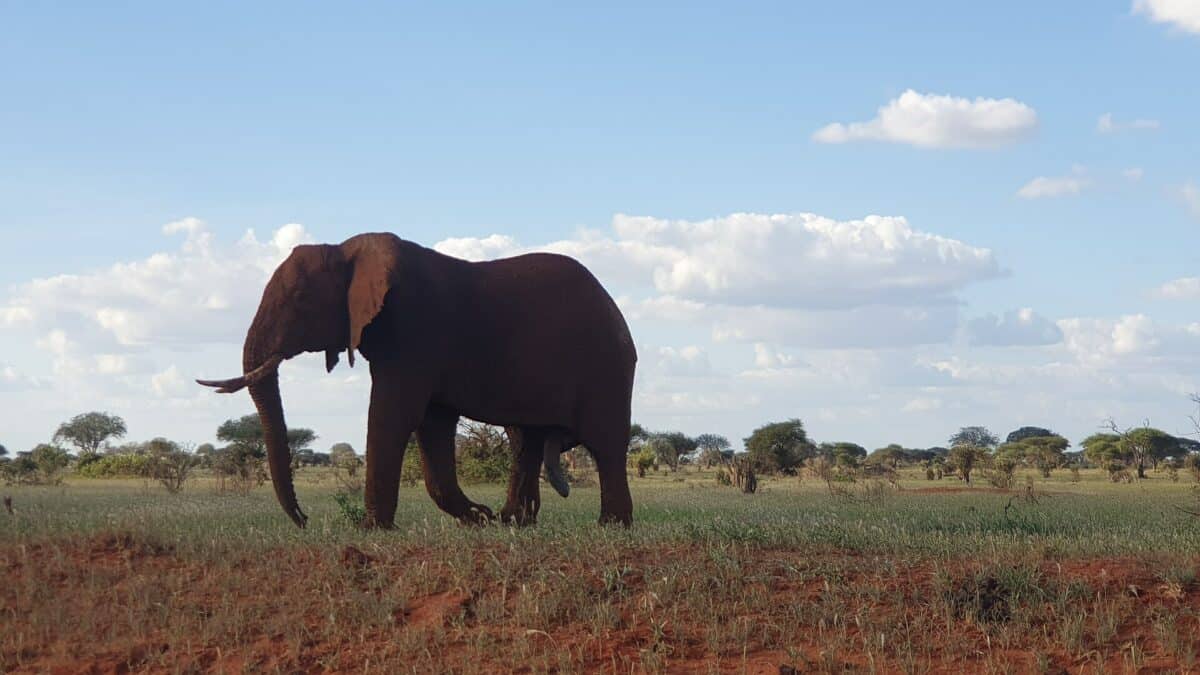
Addressing the challenge posed by invasive ants requires a multifaceted approach. Conservationists and scientists are calling for increased research to understand the full extent of the ants’ impact on the ecosystem. Strategies such as biological control, which involves introducing the ants’ natural predators, are considered potential solutions. However, any intervention must be carefully evaluated to avoid further ecological imbalances.
The Way Forward
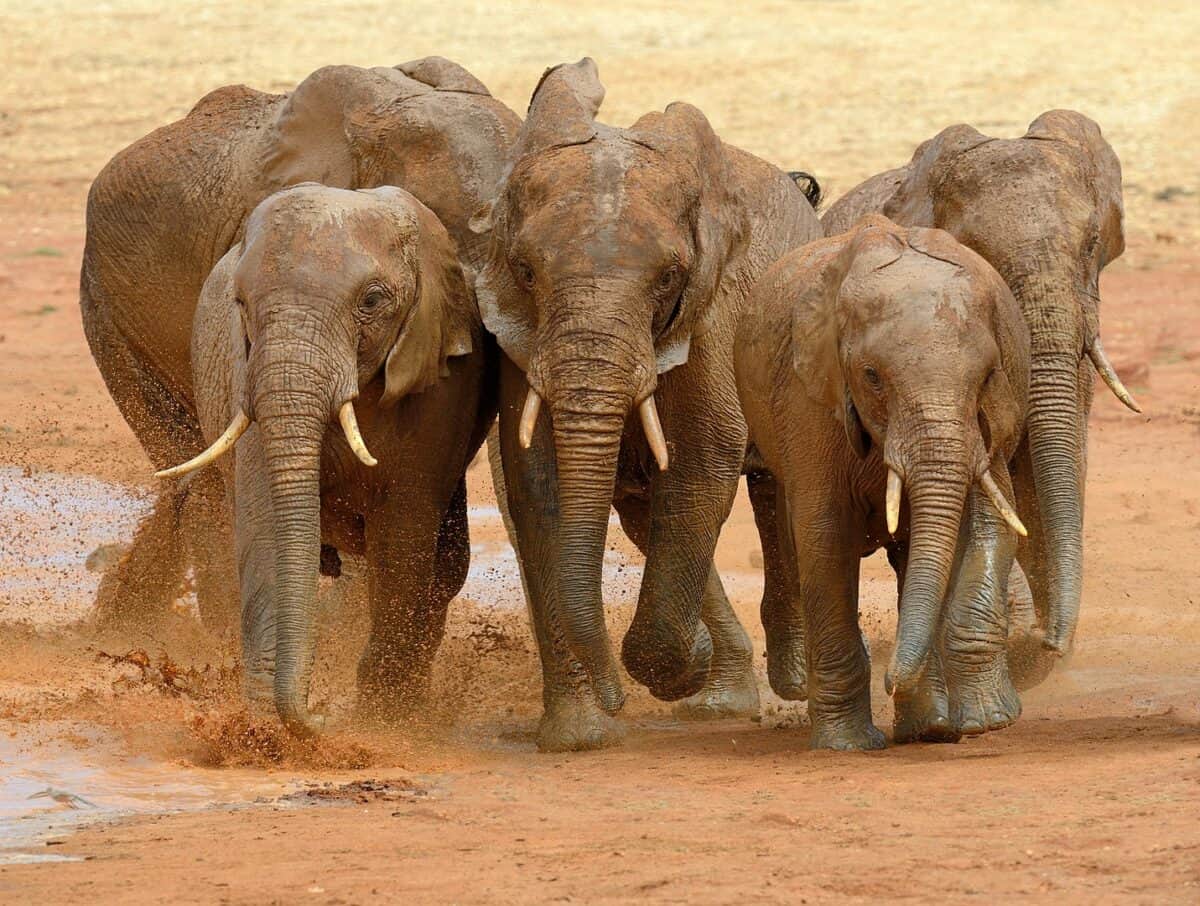
The invasion of big-headed ants in Kenya is a cautionary tale about introducing non-native species into new environments. It underscores the need for stringent biosecurity measures to prevent similar invasions in the future. Additionally, it highlights the importance of ecological research in informing conservation strategies that can mitigate the impacts of invasive species on native wildlife and ecosystems.
Conclusion
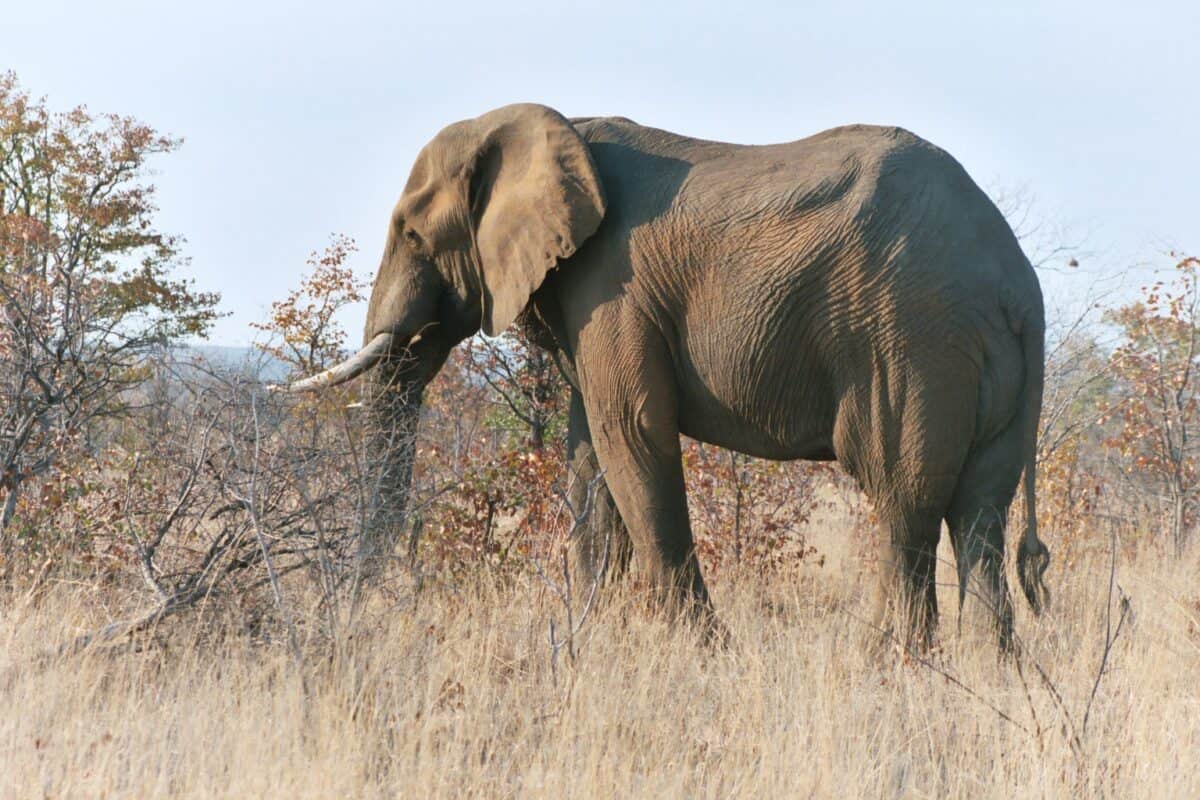
The struggle of Kenya’s lions against invasive ants vividly illustrates the interconnectedness of ecosystems and the unforeseen challenges that can arise from human activities. As the world grapples with the complexities of conservation in the face of climate change and biodiversity loss, the story of Kenya’s lions and ants is a reminder of the delicate balance that sustains life on Earth. Protecting this balance requires vigilance, research, and a commitment to preserving the natural world for future generations.
You might also enjoy:
Watch: Obstinate Lion Cub Gives Lioness a Hard Time
Rare sight: Lion Cub gets Overflow of Affection in the Wild
Watch: Lions Confused by a Brown Hyena in the African Savannah
Join our Forum for free today!

- The Bond Between a Wild Baby Bison and Her Rescuer - July 20, 2024
- An Excited Husky’s First Ever Time in Snow - July 20, 2024
- Top 20 Colorful Species To Brighten Your Day - July 14, 2024

